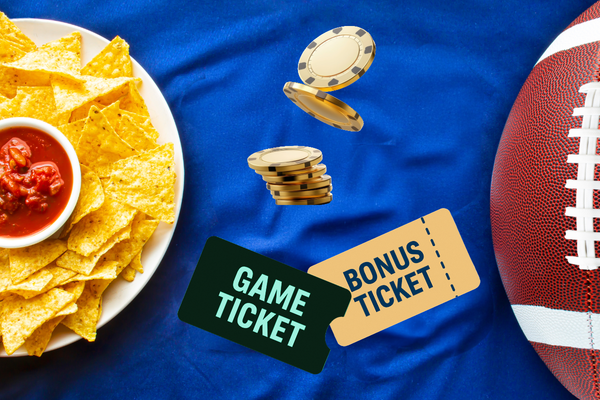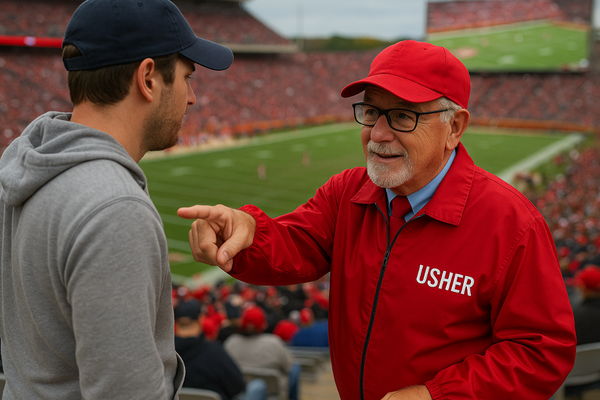7 Winning Strategies for Sales and Marketing Collaboration

When the sales and marketing teams of a sports organization work in harmony, the results can be just as thrilling as a last-second buzzer-beater. While they may have different day-to-day goals, both teams ultimately aim to fill seats, build loyalty, and drive revenue. Here are seven top strategies to ensure your sales and marketing units operate in tandem like a championship-winning squad.
1. Co-Create Campaigns That Balance Buzz and Conversions Marketing sets the stage, and sales closes the deal. When planning promotional campaigns, both departments should collaborate from the outset. Marketing can shape the emotional hook and creative elements, while sales ensures the offer aligns with customer demand with price/packaging and is easy to act on.
Example Strategy: For a rivalry game, marketing might push the emotional narrative through social media and video, while sales prepares themed group packages, early access offers, or loyalty incentives.
2. Share Data to Supercharge Lead Scoring Marketing gathers insights on fan behavior through email clicks, social media engagement, website visits, and more. Sales, meanwhile, has direct feedback from conversations. Combining these data streams enables more accurate lead scoring and better-targeted outreach.
Winning Strategy: Integrate your CRM with marketing automation tools. When a fan frequently visits the premium seating page, that info should be passed immediately to the sales team as a "hot lead."
3. Develop Sales-Ready Marketing Content Great marketing content doesn’t just build awareness — it supports the sales process. Marketing teams can create sizzle reels, infographics, and testimonial videos tailored for use by account executives about certain products, packages or theme nights.
Example in Action: The Atlanta Hawks marketing team designed sleek, short videos showcasing premium suites and club spaces, helping sales reps convey the value quickly and visually to prospects.
4. Execute Unified Promotions Across Channels Flash sales, ticket bundles, or theme nights are more successful when marketing promotes them and sales reinforces them with personal outreach. Alignment on timing, messaging, and follow-up is key.
Coordinated Execution: A 48-hour flash sale promoted on Instagram and email should have the sales team ready to call top prospects during the window, turning interest into instant conversions.
5. Create a Consistent Messaging Playbook Fans should hear a unified voice whether they’re seeing an Instagram ad or speaking with a rep on the phone. Develop a shared messaging guide that outlines the key value propositions, phrasing, and objections handling. Annually marketing campaigns should be shared internally to all staff to ensure everyone is speaking the same language.
6. Align Around Shared Goals and KPIs True collaboration happens when sales and marketing are not only aware of each other's metrics, but actively working to support them. Define joint KPIs that align with broader organizational goals, such as revenue, fan engagement, or lead conversion rates.
Team Tactic: If marketing is focused on boosting web traffic or email engagement, sales should be ready to act on those leads. Likewise, marketing should create campaigns designed to help sales hit their call-to-close or renewal goals. Shared dashboards and collaborative goal-setting meetings help keep both teams focused on the same scoreboard.
7. Keep Communication Lines Wide Open The best collaboration isn’t just task-based—it’s cultural. Encourage regular joint meetings, cross-training sessions, and shared performance reviews. Sales can offer on-the-ground fan insights, while marketing can bring data trends and campaign metrics.
Winning Culture: Celebrate joint wins. A successful campaign that boosts both engagement and ticket sales should be toasted by both teams.
Final Take: When sales and marketing move in lockstep, the entire fan experience improves. Seats fill faster, relationships deepen, and the team’s brand becomes stronger. Implement these seven strategies, and your front office might just become the MVP behind the MVPs.




